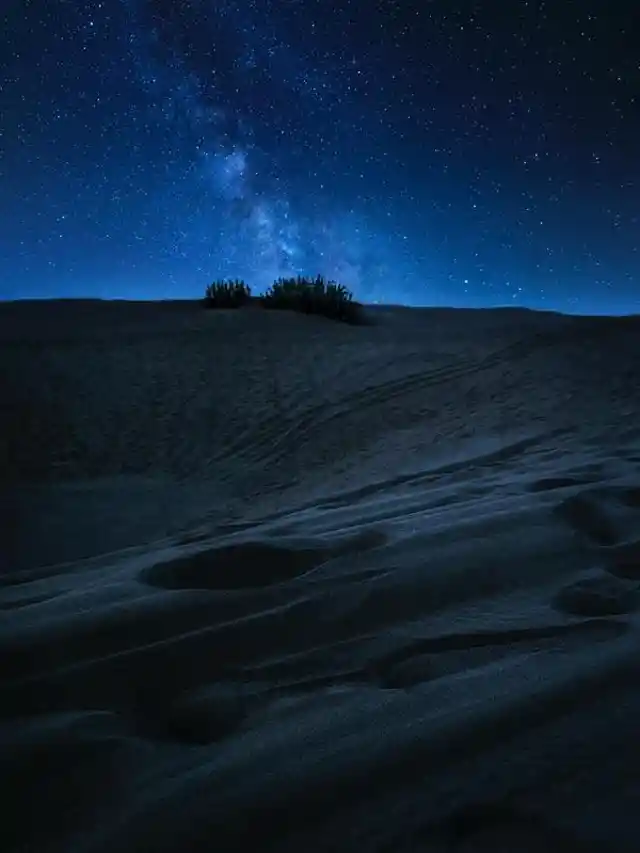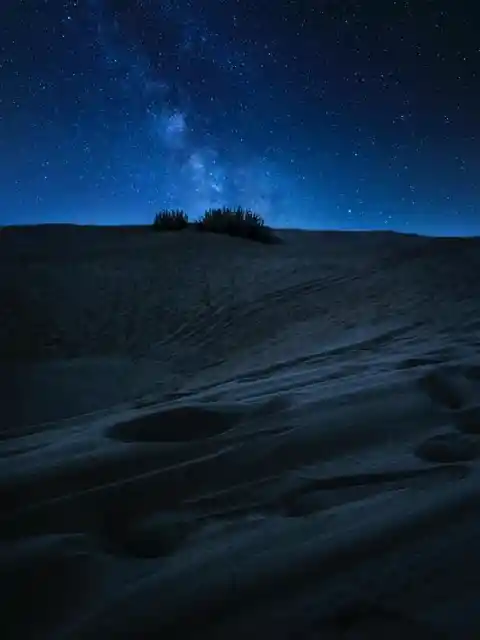You shouldn't be surprised if the temperature of the Sahara at night is about 20 degrees lower than during the day. Even temperatures below freezing occur. That's how it is in the desert: during the day it's hot, at night it's cold. At least, in deserts around the equator.


An area is a desert if there is little rainfall
Not every desert is blood-soaked hot during the day. Take the Gobi Desert in Mongolia and China. There it averages about three degrees Celsius. In summer, the temperature fluctuates between 25 and 38 degrees; in winter, it gets between -15 and -30. And what about Antarctica? That is the largest desert on Earth, with only ice and snow.
We call an area a desert if there is little precipitation. So it has nothing to do with temperature. According to NASA, a desert receives about 250 milliliters of rain per year.
Why is it so cold at night in the desert?
That enormous drought is also the reason for the desert's huge temperature differences. Because there is little precipitation, little grows. And so there is also nothing to retain the heat.


Think back to a walk through town on a very hot day. In the evening it was still hot on the streets because all the buildings absorbed the heat from the sun and gave it off to their surroundings. In the desert, there are no plants or other objects to heat the surroundings. Moreover, there are no clouds to stop the heat from reflecting.
Moisture traps heat
In addition, the lack of moisture in the air and the ground itself is a reason for the large temperature differences. It takes much less energy to warm dry air than it does moist air. So dry air becomes much warmer.
In addition, moisture traps heat, and so there is hardly any in the desert. When the sun is gone, the heat is gone in no time, and temperatures can sometimes drop well below freezing.